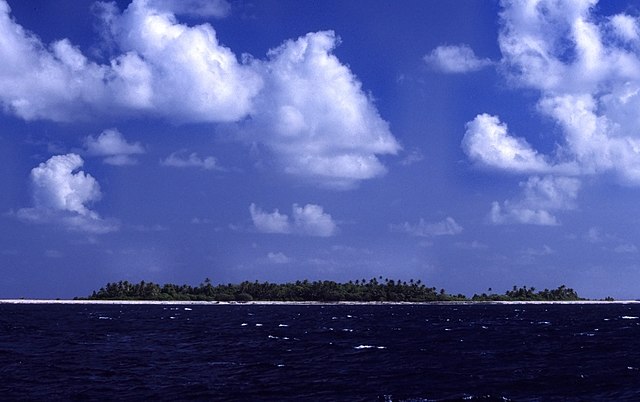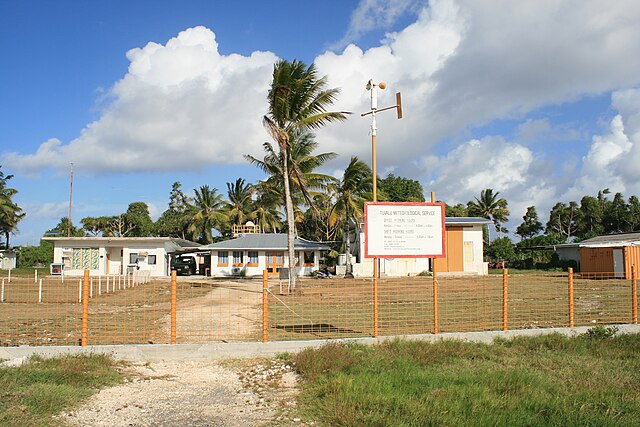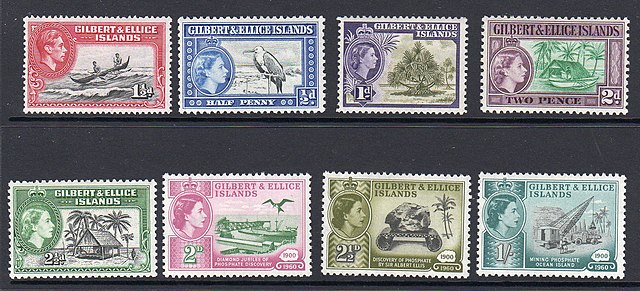Climate change is particularly threatening for the long-term habitability of the island country of Tuvalu, which has a land area of only 26 square kilometres (10 sq mi) and an average elevation of less than 2 metres (6.6 ft) above sea level, with the highest point of Niulakita being about 4.6 metres (15 ft) above sea level. Potential threats to the country due to climate change include rising sea levels, increasingly severe tropical cyclones, high temperatures, and drought. King tides can combine with storm surges and the rising sea level to inundate the low lying atolls.
The Funafuti atoll of Tuvalu
Sea surface temperature anomalies in November 2007 showing La Niña conditions. Blue=temperature below average; red=temperature above average
Ocean side of Funafuti atoll showing the storm dunes, the highest point on the atoll.
Tuvalu Meteorological Service, Fongafale, Funafuti atoll
Tuvalu, formerly known as the Ellice Islands, is an island country in the Polynesian subregion of Oceania in the Pacific Ocean, about midway between Hawaii and Australia. It lies east-northeast of the Santa Cruz Islands, northeast of Vanuatu, southeast of Nauru, south of Kiribati, west of Tokelau, northwest of Samoa and Wallis and Futuna, and north of Fiji.
A Tuvaluan man in traditional attire drawn by Alfred Agate in 1841, during the United States Exploring Expedition
Woman on Funafuti (1900) Photography by Harry Clifford Fassett
Stamps of the Gilbert and Ellice Islands with portraits of King George VI and Queen Elizabeth II
A beach at Funafuti atoll








